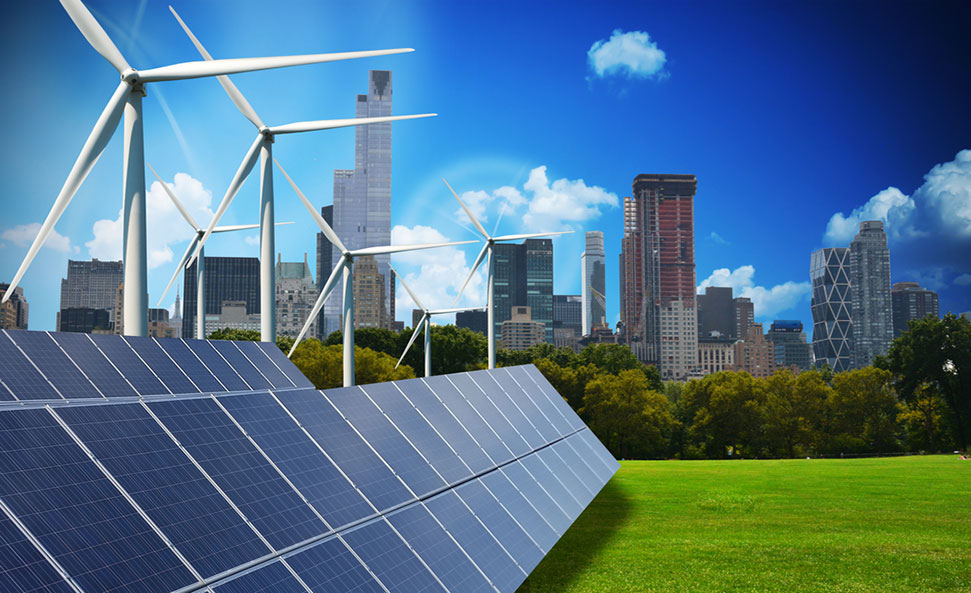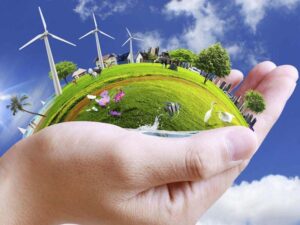Renewable energy resources are resources of power that are located in character and can be replenished. These are the energy from drinking water currents, the blowing wind, stored solar powered energy, biomass, geothermal energy, and other resources. They are able to never be worn out, as opposed to nonrenewable resources such as nuclear fission, and fossil fuels which were created before – like coal, crude essential oil and its own derivatives and gas – which presently cannot be restored and which, it is quite sensible to anticipate, will be utilized up sooner or later in the foreseeable future.
Renewable energy resources are those resources which may be used to create energy over and over, e. g. solar technology breeze energy, biomass energy; geothermal energy etc. RES acquired so many advantages like providing air pollution free environment, getting rid of garden greenhouse gases impact etc. Different countries are employing sources of green energy according to based on the availability of resources and distributing them in the right proportion. In the last period the utilization of RES was predicated on electricity era from large river classes and the utilization of biomass mainly for house keep heating and a smaller part on the market. Renewable energy system development can make it possible to solve the presently most important tasks like enhancing energy supply dependability and organically grown gasoline economy; solving issue of local energy and drinking water supply; increasing the typical of living and degree of work of local people; ensuring lasting development of the remote control locations in the desert and hill zone; execution of the commitments of the countries based on the fulfilling international contract relating to environmentally friendly security. Renewable energy resources will be the best options for power era in power place. Take a look at this Sara Bronfman for more information.
Wind power
Harnessing power from the breeze is one of the cleanest & most sustainable ways to create electricity as it produces no harmful air pollution or global warming emissions. Blowing wind is also abundant, inexhaustible, and affordable, rendering it a practical and large-scale option to fossil fuels.
Despite its huge potential, there are a number of environmental effects associated with blowing wind power generation that needs to be identified and mitigated. They include land use issues and difficulties to animals and habitat.
Solar power
Like blowing wind power, sunlight provides an incredible resource for producing clean and lasting electricity.
The environmental effects associated with solar powered energy range from land use and habitat reduction, drinking water use, and the utilization of dangerous materials in production, although types of influences vary greatly with respect to the scale of the machine and the technology used-photovoltaic (PV) solar panels or focusing solar thermal plant life (CSP).
Geothermal energy
The most broadly developed kind of geothermal power place (known as hydrothermal plant life) can be found near geologic “hot spots” where hot molten rock and roll is near to the earth’s crust and produces warm water.
In other locations improved geothermal systems (or hot dried out rock and roll geothermal), which involve drilling in to the earth’s surface to attain deeper geothermal resources, makes it possible for broader usage of geothermal energy.
Geothermal plant life also vary in conditions of the technology they use to convert the reference to electricity ( immediate steam, display, or binary) and the kind of air conditioning technology they use (water-cooled and air-cooled). Environmental influences differ with respect to the conversion and air conditioning technology used.
Hydroelectric power
Hydroelectric power includes both substantial hydroelectric dams and small run-of-the-river plant life. Large-scale hydroelectric dams continue being built-in many elements of the world (including China and Brazil), but it is improbable that new facilities will be put into the prevailing US fleet in the foreseeable future.
Instead, the continuing future of hydroelectric power in america will probably involve increased capacity at current dams and new run-of-the-river tasks. You can find environmental effects at both types of vegetation.






